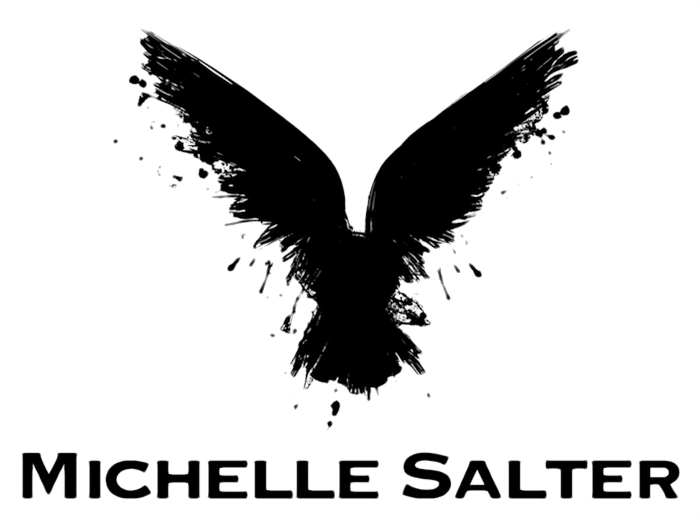My inspiration for Murder at Waldenmere Lake
Fleet Pond is the inspiration for Murder at Waldenmere Lake.
It’s Hampshire’s largest freshwater lake and a Site of Special Scientific Interest that encompasses reedbeds, marshes, heathland and woodland. Thanks to these varied habitats, the pond is home to a diverse range of species.
Fleet Pond dates back to medieval times and is called a pond rather than a lake because it’s believed it was manmade and created by damming a natural watercourse.

The pond used to be much larger than it is now. Over the years, commercial and residential developments have sprung up around the water and the size of the pond and its range of habitats have shrunk.
For over 100 years, Fleet Pond was owned by the army before they sold it to the local council, and it’s this chapter of the pond’s history that forms a plotline in the book.
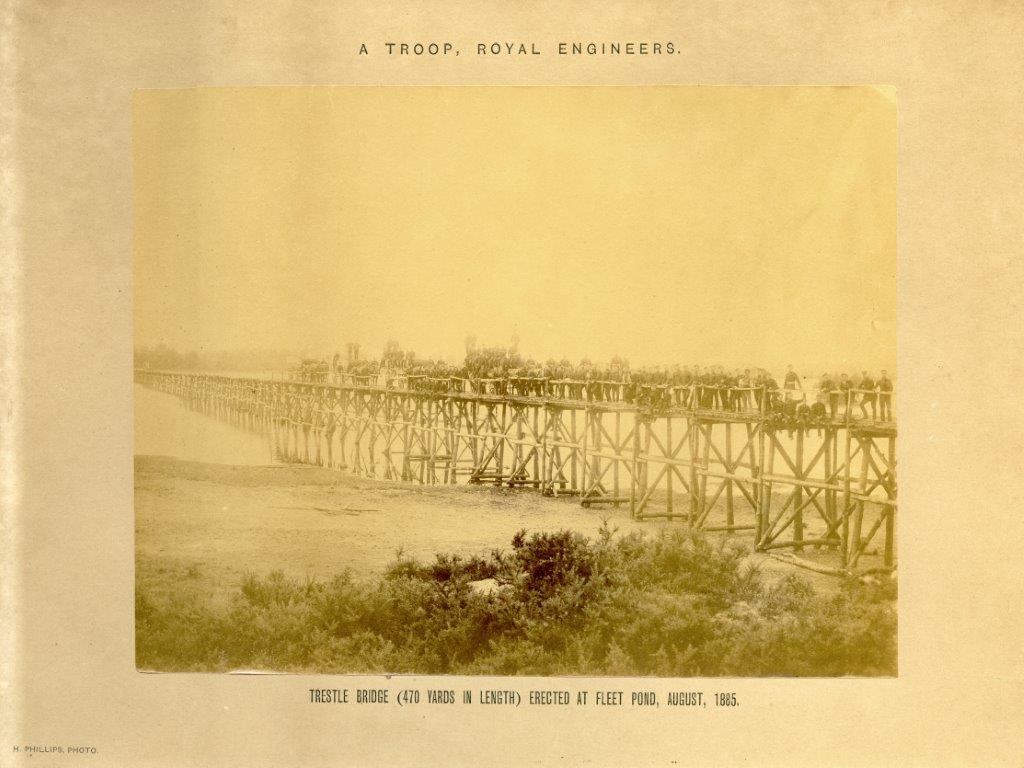
In the aftermath of the Great War, the army is forced to sell Waldenmere to the highest bidder. Walden Council plans to buy the lake and turn it into a nature reserve with the help of the Society for the Promotion of Nature Reserves. (The society did exist and was the forerunner of the Wildlife Trusts we have in Britain today.)
The council is outbid by Sir Henry Ballard of London and South Western Railway, who plans to build a hotel on the lake’s shores. But Mill Ponds, a mansion belonging to General Cheverton, stands in his way. When the General is murdered, it appears someone will stop at nothing to win the fight for Waldenmere.
Iris Woodmore tries to stop Sir Henry by writing a series of articles on the damage caused by the railway company to sites of natural beauty across the country. She also comes to realise the harmful impact the army camp has already had on the natural habitats of the lake.
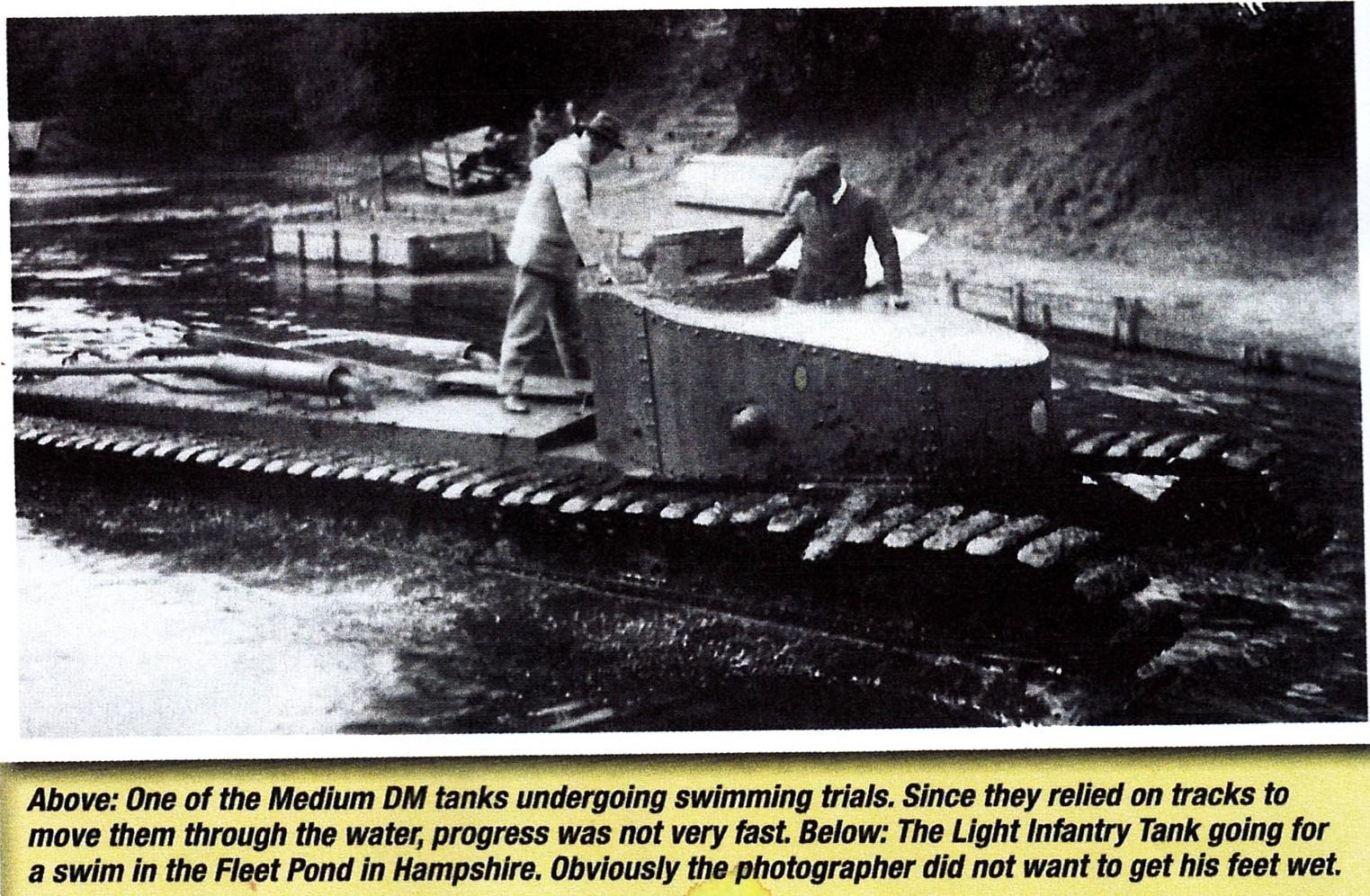
In the nineteenth and early twentieth centuries, the big rail companies caused devastation to many towns and villages when railways were routed through them. At Fleet Pond, the railway line has sliced the lake in two.
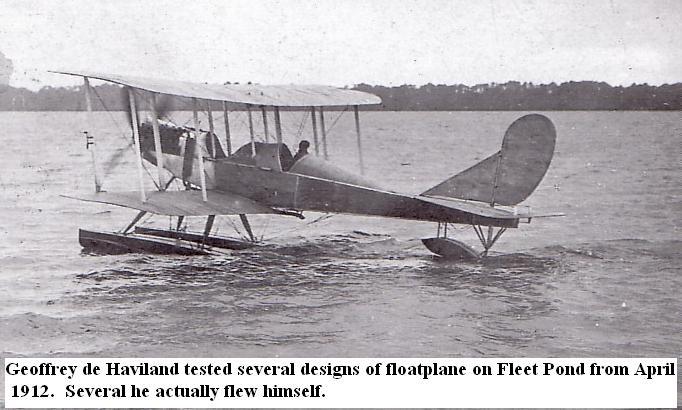
When the army owned Fleet Pond, the Royal Engineers built a bridge across the lake and a long T-shaped jetty on the eastern side. Geoffrey de Havilland used to conduct floatplane trials on the water.
During the First World War, prototype battle tanks were tested on the pond’s shores, and the Army Service Corps used the lake to practise loading horses into boats.
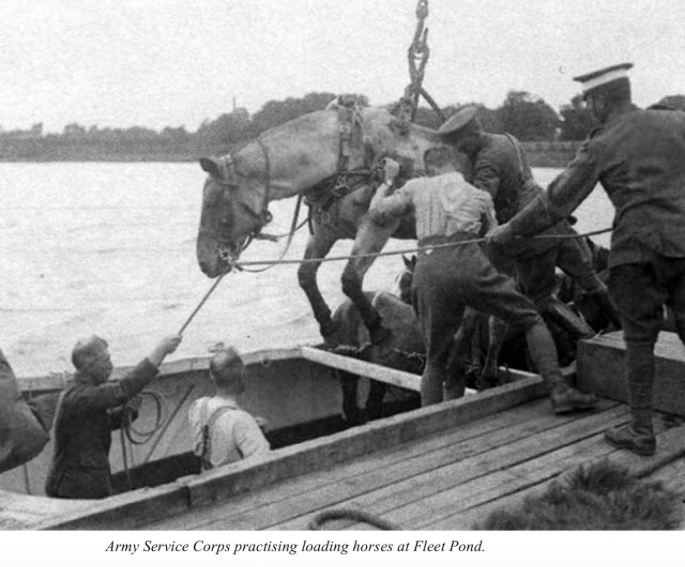
I’ve been a Trustee of the Fleet Pond Society for fifteen years, and during that time, I’ve learned a lot about the pond’s history, the threats it’s faced and the valuable habitats that have been lost over the years due to the actions of its owners.
I’ve been able to share some of its history in Murder at Waldenmere Lake and highlight the vital role nature reserves play in protecting our wildlife and areas of natural beauty.
The Iris Woodmore Mysteries are available in hardback, paperback, ebook and audiobook from Amazon and bookstores.
